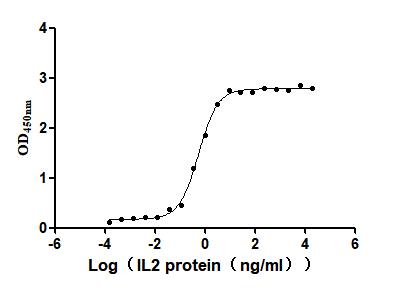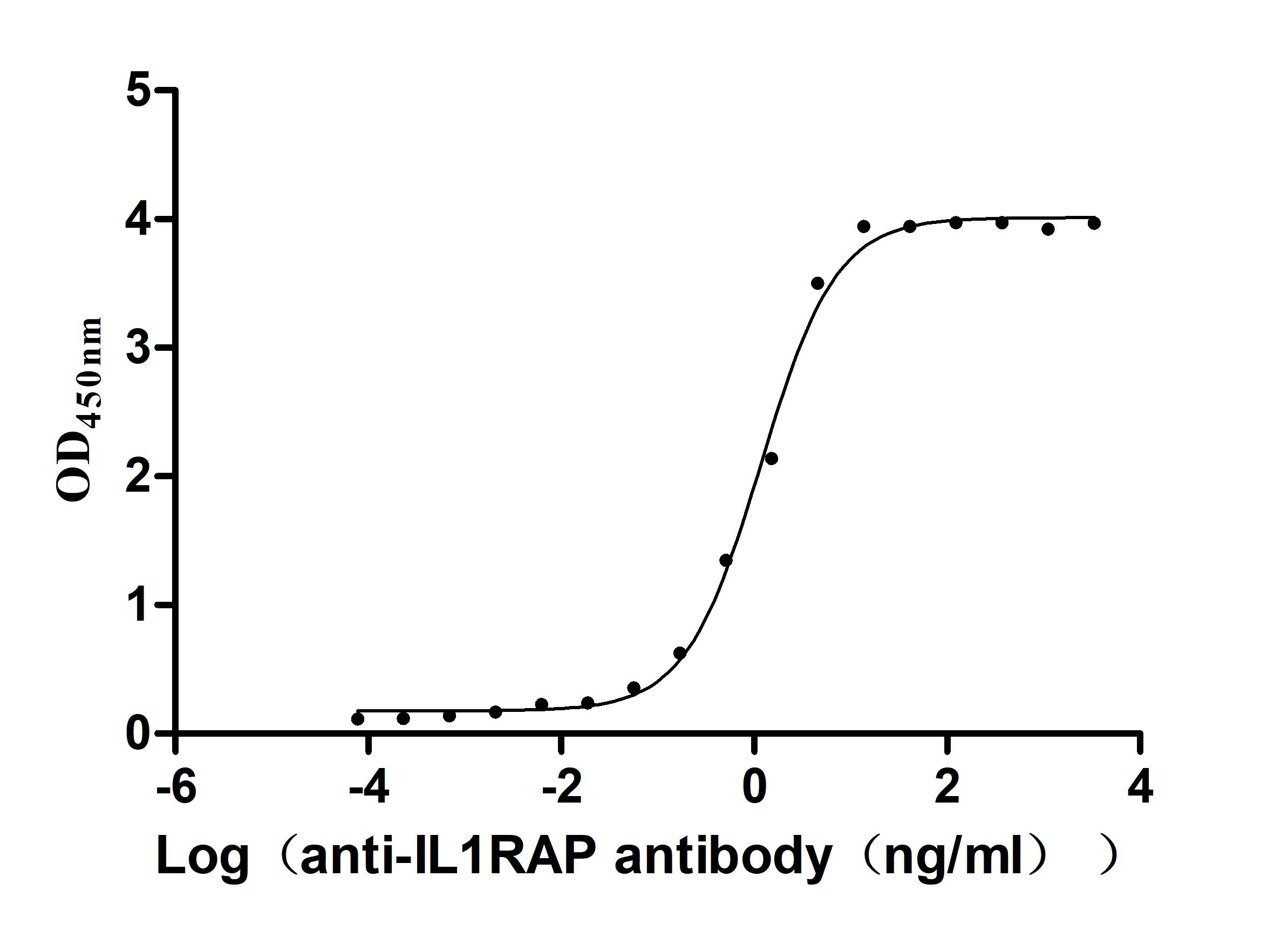Recombinant Human Fibronectin type III domain-containing protein 3B (FNDC3B), partial
-
中文名稱:人FNDC3B重組蛋白
-
貨號:CSB-YP709599HU
-
規(guī)格:
-
來源:Yeast
-
其他:
-
中文名稱:人FNDC3B重組蛋白
-
貨號:CSB-EP709599HU
-
規(guī)格:
-
來源:E.coli
-
其他:
-
中文名稱:人FNDC3B重組蛋白
-
貨號:CSB-EP709599HU-B
-
規(guī)格:
-
來源:E.coli
-
共軛:Avi-tag Biotinylated
E. coli biotin ligase (BirA) is highly specific in covalently attaching biotin to the 15 amino acid AviTag peptide. This recombinant protein was biotinylated in vivo by AviTag-BirA technology, which method is BriA catalyzes amide linkage between the biotin and the specific lysine of the AviTag.
-
其他:
-
中文名稱:人FNDC3B重組蛋白
-
貨號:CSB-BP709599HU
-
規(guī)格:
-
來源:Baculovirus
-
其他:
-
中文名稱:人FNDC3B重組蛋白
-
貨號:CSB-MP709599HU
-
規(guī)格:
-
來源:Mammalian cell
-
其他:
產(chǎn)品詳情
-
純度:>85% (SDS-PAGE)
-
基因名:FNDC3B
-
Uniprot No.:
-
別名:FNDC3B; FAD104; NS5ABP37; UNQ2421/PRO4979/PRO34274Fibronectin type III domain-containing protein 3B; Factor for adipocyte differentiation 104; HCV NS5A-binding protein 37
-
種屬:Homo sapiens (Human)
-
蛋白長度:Partial
-
蛋白標(biāo)簽:Tag?type?will?be?determined?during?the?manufacturing?process.
The tag type will be determined during production process. If you have specified tag type, please tell us and we will develop the specified tag preferentially. -
產(chǎn)品提供形式:Lyophilized powder
Note: We will preferentially ship the format that we have in stock, however, if you have any special requirement for the format, please remark your requirement when placing the order, we will prepare according to your demand. -
復(fù)溶:We recommend that this vial be briefly centrifuged prior to opening to bring the contents to the bottom. Please reconstitute protein in deionized sterile water to a concentration of 0.1-1.0 mg/mL.We recommend to add 5-50% of glycerol (final concentration) and aliquot for long-term storage at -20℃/-80℃. Our default final concentration of glycerol is 50%. Customers could use it as reference.
-
儲存條件:Store at -20°C/-80°C upon receipt, aliquoting is necessary for mutiple use. Avoid repeated freeze-thaw cycles.
-
保質(zhì)期:The shelf life is related to many factors, storage state, buffer ingredients, storage temperature and the stability of the protein itself.
Generally, the shelf life of liquid form is 6 months at -20°C/-80°C. The shelf life of lyophilized form is 12 months at -20°C/-80°C. -
貨期:Delivery time may differ from different purchasing way or location, please kindly consult your local distributors for specific delivery time.Note: All of our proteins are default shipped with normal blue ice packs, if you request to ship with dry ice, please communicate with us in advance and extra fees will be charged.
-
注意事項:Repeated freezing and thawing is not recommended. Store working aliquots at 4°C for up to one week.
-
Datasheet :Please contact us to get it.
相關(guān)產(chǎn)品
靶點(diǎn)詳情
-
功能:May be a positive regulator of adipogenesis.
-
基因功能參考文獻(xiàn):
- we found that knockdown of FNDC3B could suppress the migratory and invasive abilities of OTSCC cells. In addition, treating OTSCC cells with CoCl2 (a hypoxia mimetic agent) upregulated the mRNA and protein expression of FNDC3B via HIF-1alpha PMID: 29393475
- FNDC3B and ANXA2 expression correlate negatively with patient survival in hepatocellular carcinoma PMID: 27385217
- we report the first two patients with de novo 3q26.31 microdeletions. Both have dysmorphic features, consistent with the phenotypes seen in fndc3b-deficient mice in animal studies, which imply a critical role of FNDC3B in human craniofacial development. PMID: 27541078
- findings together indicate that NS5ABP37 inhibits cancer cell proliferation and promotes apoptosis, by altering SREBP-dependent lipogenesis and cholesterogenesis in HepG2 and L02 cells and inducing oxidative stress and endoplasmic reticulum stress PMID: 27862769
- MiR-129-5p could directly suppress FNDC3B. PMID: 28068630
- fad104 suppressed anchorage-independent growth of melanoma cells, and the N-terminal region of FAD104 is essential for inhibiting malignant transformation and STAT3 activity PMID: 26948083
- fad104 suppressed the invasion and metastasis of melanoma cells by inhibiting activation of the STAT3 signaling pathway PMID: 25671570
- Central corneal thickness-associated loci FNDC3B confers a relatively large risk for keratoconus and is also associated with primary open-angle glaucoma. PMID: 23291589
- FNDC3B amplification is involved in tumor maintenance in addition to its ability to promote cancer. PMID: 22510613
- Up-regulation of miR-143 expression transcribed by NF-kappaB in hepatitis B virus-related hepatocellular carcinoma promotes cancer cell invasion/migration and tumor metastasis by repression of FNDC3B expression. PMID: 19472311
顯示更多
收起更多
-
亞細(xì)胞定位:Membrane; Single-pass membrane protein.
-
蛋白家族:FNDC3 family
-
組織特異性:Predominantly expressed in white adipose tissue (WAT) especially in the stromal vascular cells. Expressed in adipocyte differentiable 3T3-L1 cells but not in the non-adipogenic cell line NIH-3T3. Expression increased in the early stage of adipogenesis.
-
數(shù)據(jù)庫鏈接:
Most popular with customers
-
Recombinant Human ICOS ligand (ICOSLG), partial (Active)
Express system: Mammalian cell
Species: Homo sapiens (Human)
-
Recombinant Human Tumor necrosis factor ligand superfamily member 9 (TNFSF9), partial (Active)
Express system: Mammalian cell
Species: Homo sapiens (Human)
-
Recombinant Macaca mulatta Microtubule-associated protein tau (MAPT) (Active)
Express system: Mammalian cell
Species: Macaca mulatta (Rhesus macaque)
-
Recombinant Rat Intestinal-type alkaline phosphatase 1 (Alpi) (Active)
Express system: Mammalian cell
Species: Rattus norvegicus (Rat)
-
Recombinant Human Claudin-6 (CLDN6)-VLPs (Active)
Express system: Mammalian cell
Species: Homo sapiens (Human)
-
Recombinant Human Interleukin-2 (IL2) (Active)
Express system: Mammalian cell
Species: Homo sapiens (Human)
-
Recombinant Human Interleukin-1 receptor accessory protein (IL1RAP), partial (Active)
Express system: Mammalian cell
Species: Homo sapiens (Human)
-
Recombinant Human C-C chemokine receptor type 5 (CCR5)-VLPs (Active)
Express system: Mammalian cell
Species: Homo sapiens (Human)


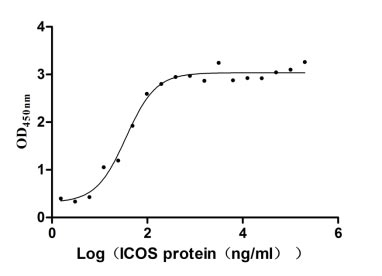
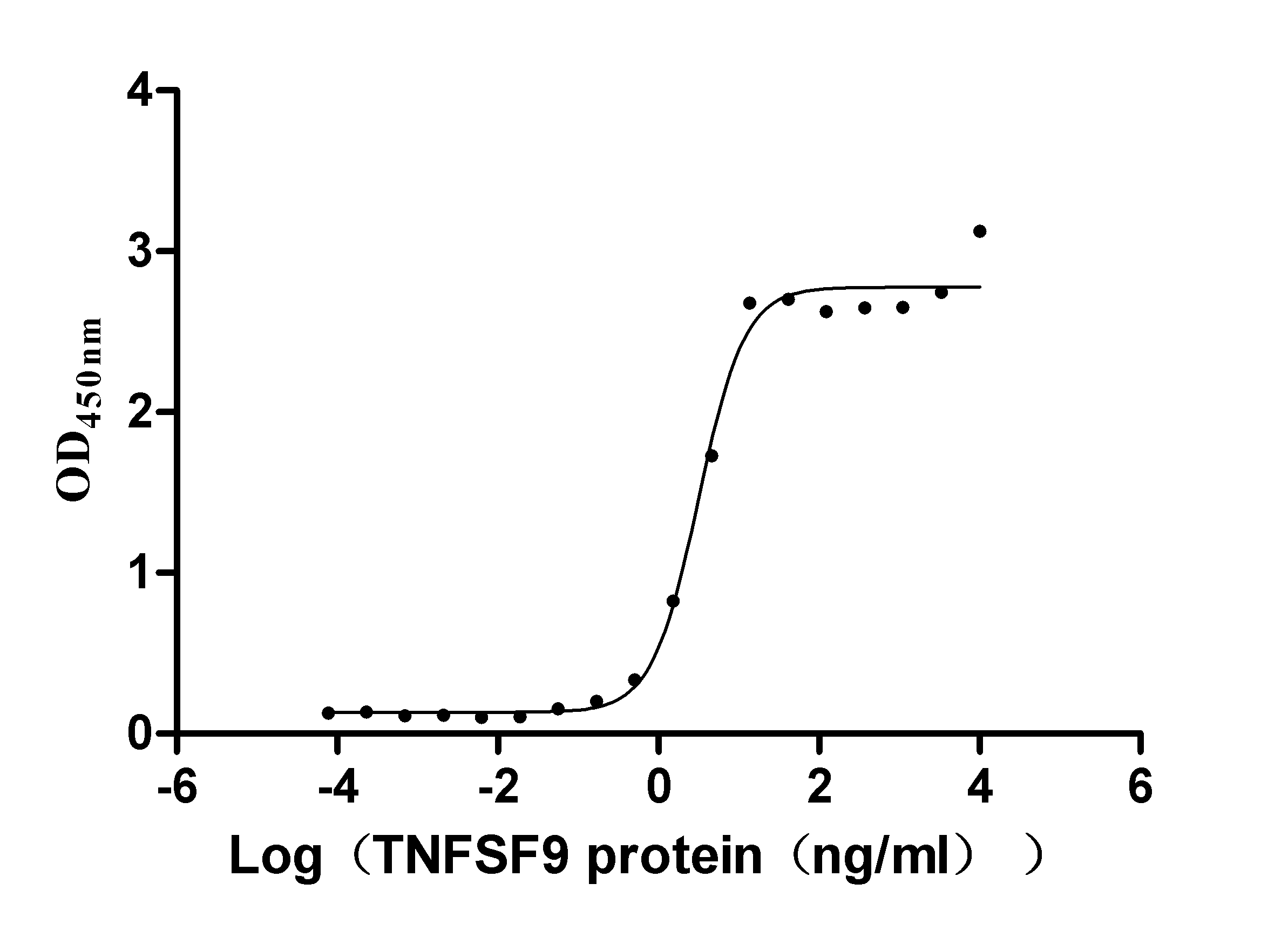
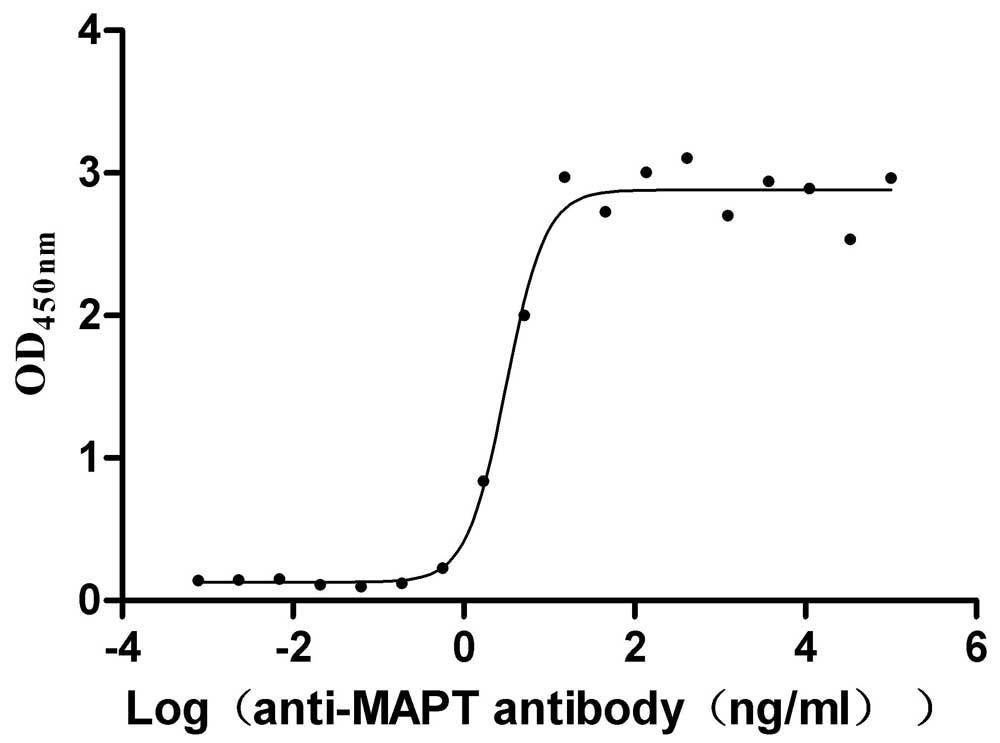
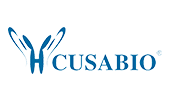
-AC1.jpg)
